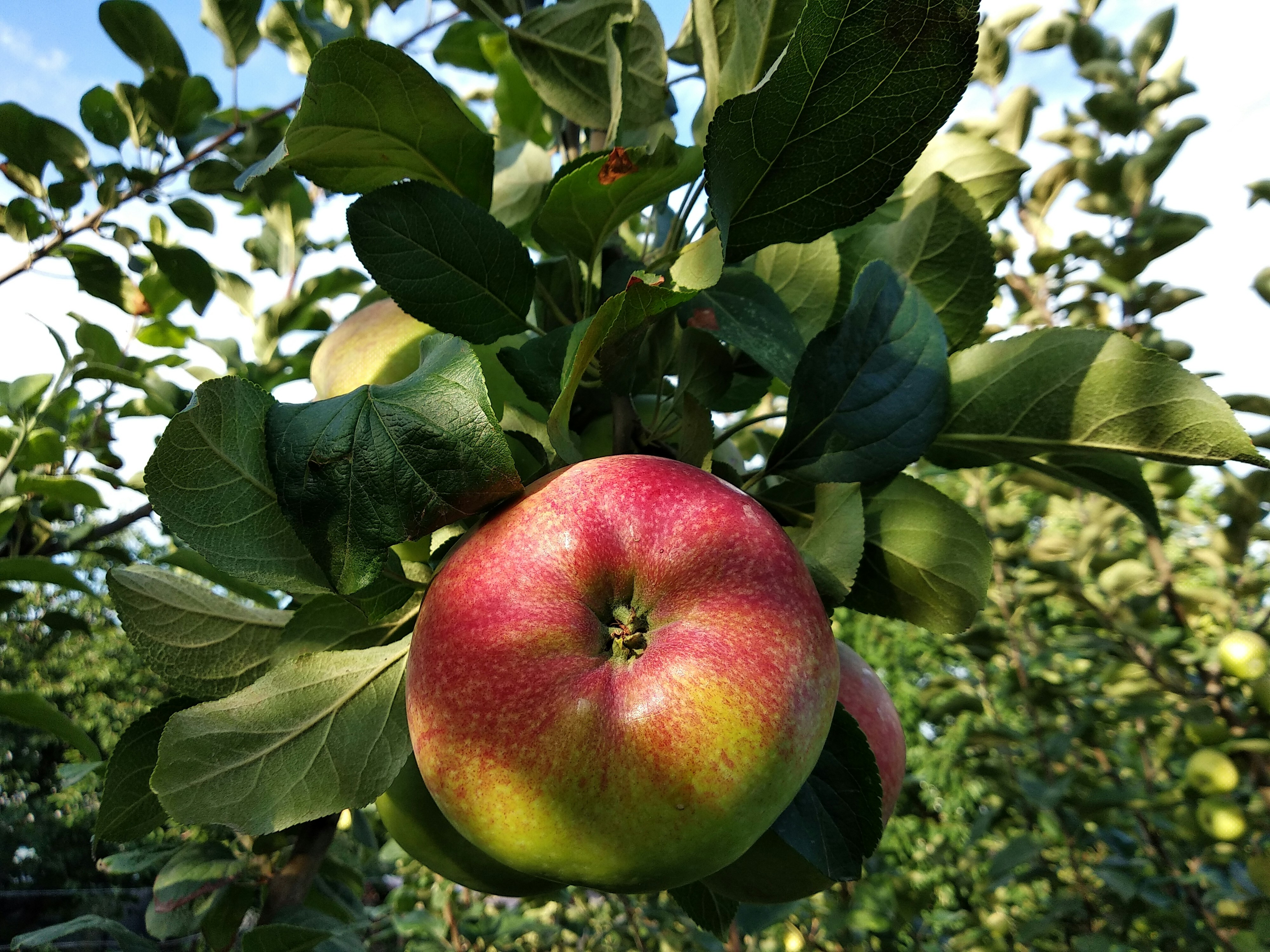Controlling Codling Moth in Your Orchard
Codling moth is a common pest that targets apple, crab apple, pear, and quince trees, leaving unsightly drill holes in your fruit. The life cycle of the codling moth is crucial to understand for effective management, especially in organic or low-impact orchards.

The Codling Moth Life Cycle
The codling moth lays eggs on or near emerging fruit, with larvae (or “grubs”) hatching and burrowing into the fruit's core. This feeding process, which lasts around three to five weeks, causes significant damage as they feed on the core and later leave a larger exit hole filled with sawdust-like droppings.
Once fully grown, the larvae move down the branches to pupate, often hiding under bark or in trunk crevices. This is where barrier methods, like cardboard wraps or barrier glue, can be effective, catching larvae as they search for a pupation site. While this won’t reverse fruit damage already done, it can significantly reduce overwintering larvae and minimise the population for the following season.

When Codling Moths Appear
In early spring, as apple and pear varieties reach the pink bud stage, female moths begin to lay eggs, usually near the tops of trees. Egg hatching varies with temperature; in early spring, it may take 20 days or more, while warmer summer conditions speed it up to just a week. From larva to adult, codling moth development takes about 40 to 55 days, meaning several generations can develop in a single growing season.
Organic Control Methods
- Sanitation and Pruning: Regularly remove any infested fruit, along with flaking bark, broken branches, and litter around the tree base. This limits habitat for overwintering larvae.
- Eco Oil Applications: Spraying Eco Oil into trunk crevices and on branches helps create a barrier for crawling larvae and offers some organic control against codling moths.
- Codling Moth Traps: Pheromone traps are an effective way to attract male moths, disrupting their ability to mate. Place traps from flowering until harvest and replace every 4-6 weeks to maintain effectiveness.
- Barrier Glue: Applying barrier glue around the trunk of your tree can trap larvae as they descend to pupate. This step complements other control methods by reducing larvae overwintering in bark crevices.
Low-Toxicity Options
If an infestation becomes significant, Yates Success Ultra is an effective insecticide that’s registered for use on fruit trees. However, it’s crucial to apply this in the evening to protect pollinators like bees that are active during the day.
Implementing these practices can reduce codling moth populations, helping to preserve fruit quality. Regular monitoring and timely applications will set you up for healthier harvests in the future.
Happy Gardening!

